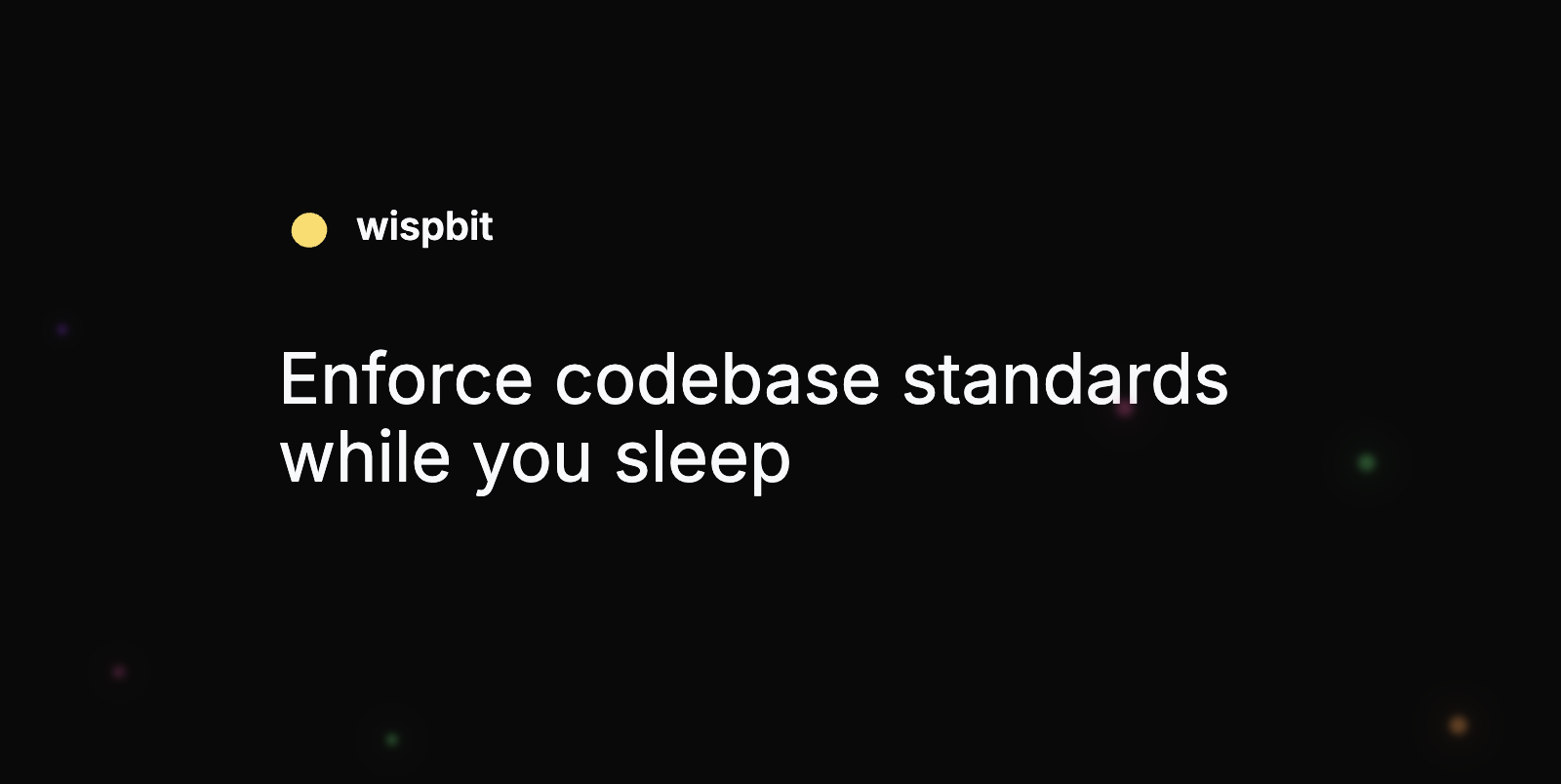DevOps Articles
Curated articles, resources, tips and trends from the DevOps World.
Reducing your Terraform code redundancy by using Terragrunt

Summary: This is a summary of an article originally published by the source. Read the full original article here →
https://www.padok.fr/ https://www.padok.fr/en/blog https://www.padok.fr/en/blog/tag/technology https://www.padok.fr/en/blog/terraform-code-terragrunt This infrastructure is deployed in 3 distinct environments: A production environment: production
├── code/ │ └── contains the application code ├── terraform/ │ ├── dev/ │ │ ├── main.tf │ │ ├── providers.tf │ │ └── versions.tf │ ├── staging/ │ │ ├── main.tf │ │ ├── providers.tf │ │ └── versions.tf │ └── production/ │ ├── main.tf │ ├── providers.tf │ └── versions.tf └──...
This is where Terragrunt comes in handy, as it provides several functionalities to keep Terraform code DRY (Don’t Repeat Yourself).
That’s it for the theoretical part, let’s migrate the Terraform code for API A to Terragrunt.
Product
Useful Links
Made with pure grit © 2025 Jetpack Labs Inc. All rights reserved. www.jetpacklabs.com





